VET-China is proud to launch Hydrogen Fuel Cell PEM Membrane Electrode Assemblies. This revolutionary product combines advanced technology to provide users with high-quality, reliable clean energy solutions. As a leader in the field of hydrogen energy, VET-China's products are in the leading position in energy conversion and storage, providing users with excellent energy efficiency and environmental performance.
Specifications of membrane electrode assembly:
| Thickness | 50 μm. |
| Sizes | 5 cm2, 16 cm2, 25 cm2, 50 cm2 or 100 cm2 active surface areas. |
| Catalyst Loading | Anode = 0.5 mg Pt/cm2.Cathode = 0.5 mg Pt/cm2. |
| Membrane electrode assembly types | 3-layer, 5-layer, 7-layer (so before ordering, please clarify how many layers MEA you prefer, and also provide the MEA drawing). |
The function of fuel cell MEA:
-Separating reactants: prevents direct contact between hydrogen and oxygen.
-Conducting protons: allows protons (H+) to pass from the anode through the membrane to the cathode.
-Catalyzing reactions: Promotes hydrogen oxidation at the anode and oxygen reduction at the cathode.
-Generating current: produces electron flow through electrochemical reactions.
-Managing water: maintains proper water balance to ensure continuous reactions.
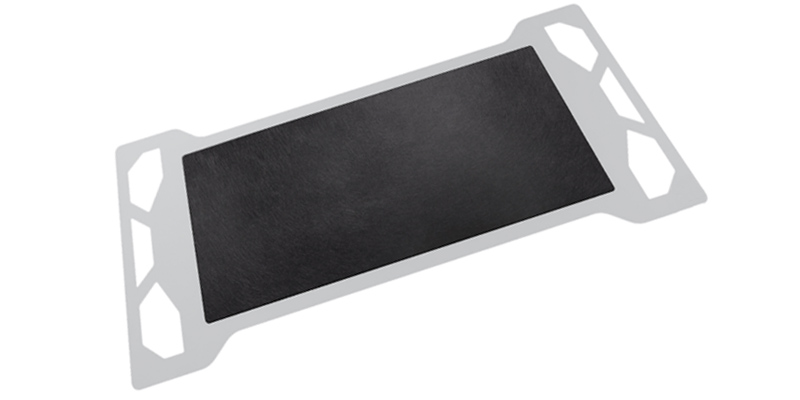
VET Energy has independently developed high-performance MEAs, through advanced catalysts and MEA production processes, it can have:
current density: 2400mA/cm2@0.6V.
power density: 1440mW/ cm2@0.6V.
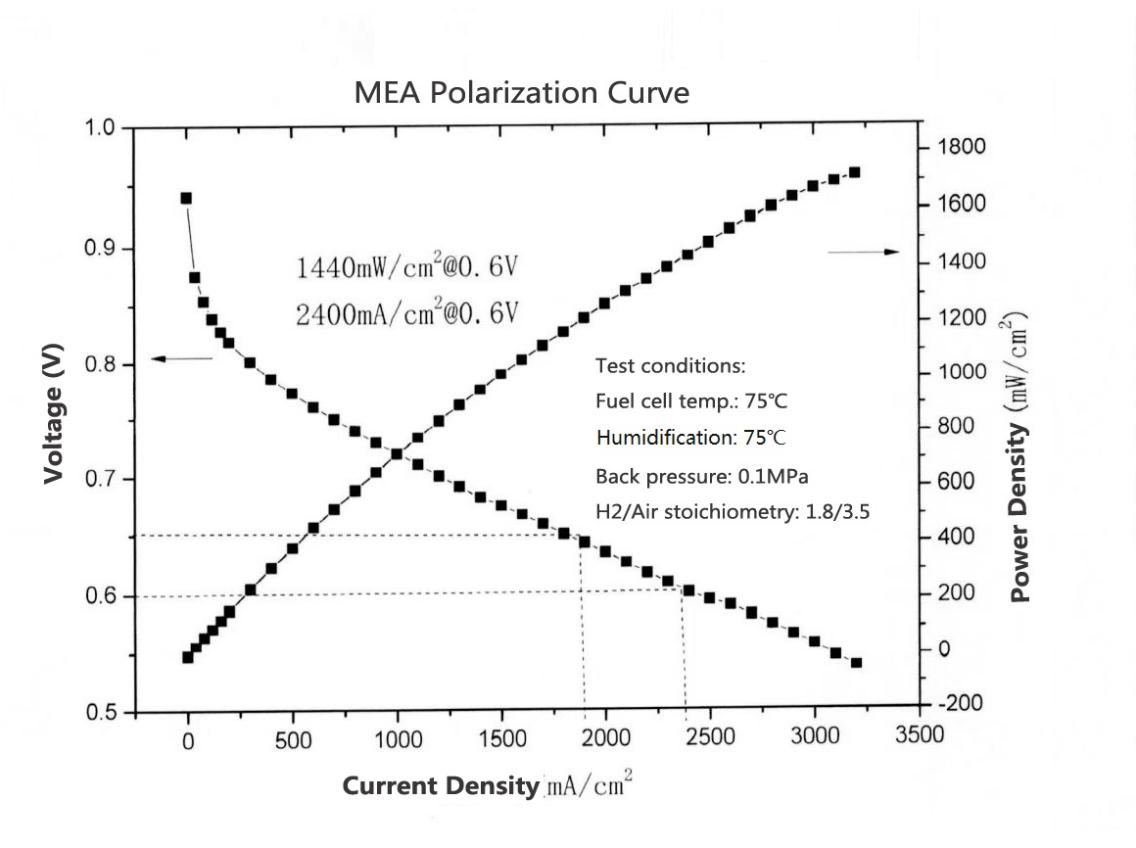
The main structure of fuel cell MEA:
a) Proton Exchange Membrane (PEM): a special polymer membrane in the center.
b) Catalyst Layers: on both sides of the membrane, usually composed of precious metal catalysts.
c) Gas Diffusion Layers (GDL): on the outer sides of the catalyst layers, typically made of fiber materials.
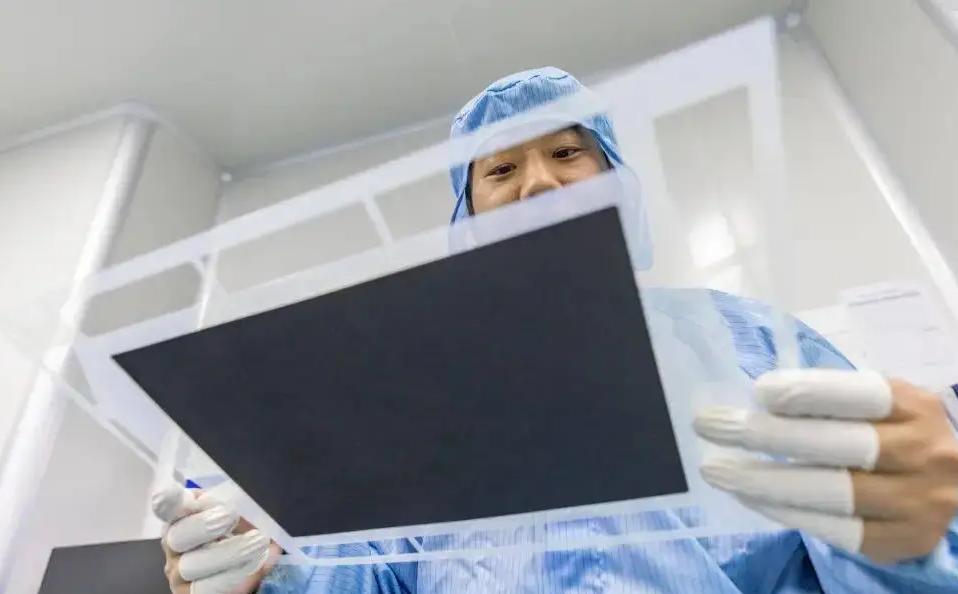
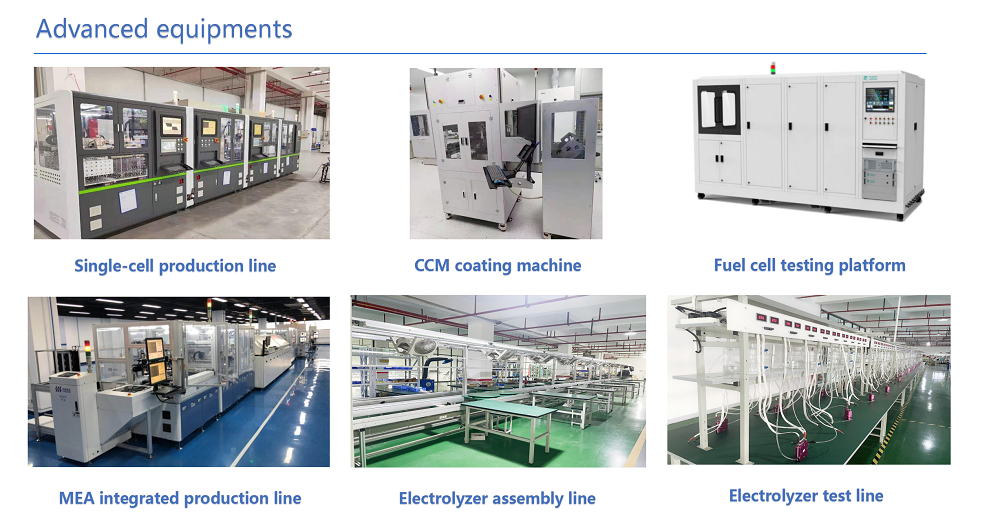
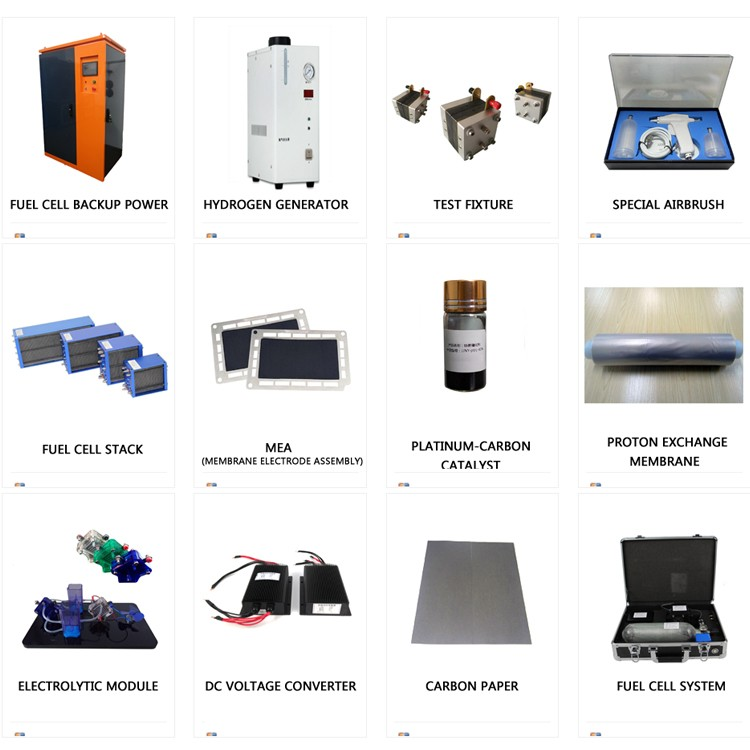
-
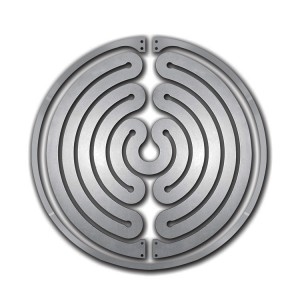
Long-life SIC Coated Graphite Heater for MOCVD ...
-

Factory Cheap Impregnate Graphite Carbon Seal R...
-
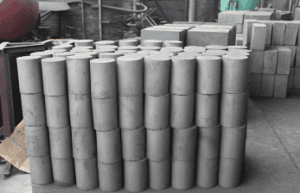
Cheapest Price Pure Heat Exchanger Impregnate M...
-
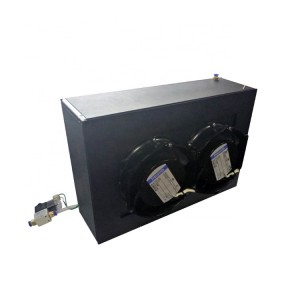
High Performance Hydrogen Fuel Cell 50W Multi-F...
-
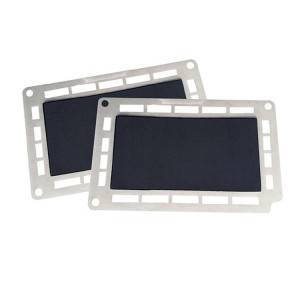
Factory making China Pem Hydrogen Air Oxygen Fu...
-

Reliable Supplier China Manufacture of High Den...


